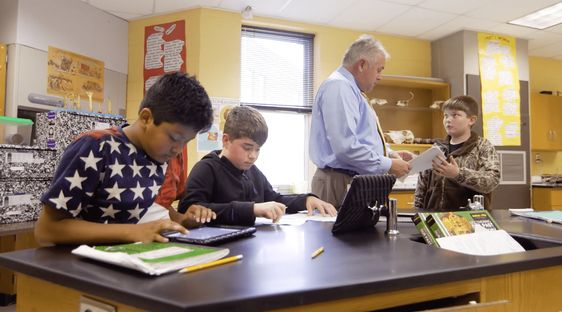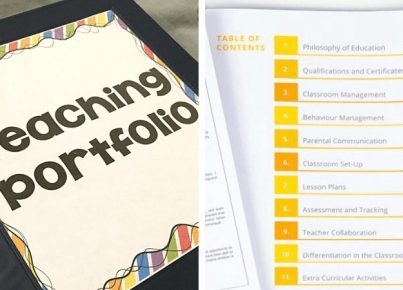As technology and education continue to evolve, we are inundated with buzzwords that frequently arise in discussions around teaching and learning. One such concept that has increasingly gained popularity is personalised learning. But what exactly does this term mean, and is it effective in enhancing the learning experience? Let’s dive into understanding the concept of personalised learning and its implications for students, teachers, and schools.
What is Personalised Learning?
In a nutshell, personalised learning refers to an educational approach that tailors teaching methods, content, pace, and individual student needs assessment to optimize the learning experience. The goal is to create a more meaningful engagement with course material by considering each student’s unique strengths, weaknesses, interests, and goals.
The Origins of Personalised Learning
Personalised learning traces its roots back to legendary educators such as Maria Montessori, John Dewey, and Jean Piaget. Each advocated for learning environments that nurtured individual development by focusing on personal growth rather than standardized procedures.
With the shift from traditional classrooms to more technologically enhanced settings over recent decades, personalised learning has found fertile ground in the digital sphere. Today’s platforms often incorporate data-driven strategies and advanced algorithms capable of adapting curriculum materials more effectively to individual learners.
The Benefits of Personalised Learning
1. Improved Student Engagement: Personalised learning means providing resources tailored to specific interests within core subjects. When students see direct connections between their interests and academic material, they tend to become more invested in their education.
2. Enhanced Individual Growth: Since each student has unique strengths and weaknesses, personalised instruction allows them to work on areas needing improvement while still challenging them with advanced material in areas where they excel.
3. Better Learning Outcomes: Studies have shown that implementing personalised learning can result in improved test scores compared to traditional classroom instruction methods.
4. Greater Flexibility: Students have control over their pace of studying through self-assessment and goal-setting, fostering a sense of ownership over their education.
Challenges and Considerations
Despite its many benefits, personalised learning also has several challenges in its implementation. One significant hurdle is the increased workload on educators who must now provide individualized support for each student. To address this issue, more training and support are necessary to enable teachers to effectively embrace the approach.
Additionally, there can be a social-emotional impact on students, as personalised learning may limit opportunities for group work and collaboration. Striking a balance between individualized instruction and group interactions will ensure social development alongside academic achievement.
The Future of Personalised Learning
With artificial intelligence (AI) continuing to shape educational systems worldwide, it is likely that we will see even further advancements in personalised learning. Teachers will be better equipped with real-time data on student performance, enabling them to make informed decisions about how best to support each student’s journey moving forward.
In conclusion, while the buzzword ‘personalised learning’ may be relatively new in education circles, the idea behind it represents an age-old quest for individualized growth and development. As technology continues to evolve, it will provide crucial tools for implementing increasingly effective personalised learning strategies, creating a richer and more engaging educational experience for all.



